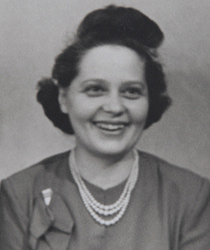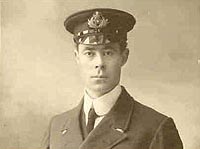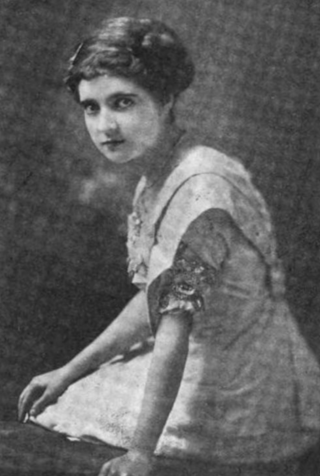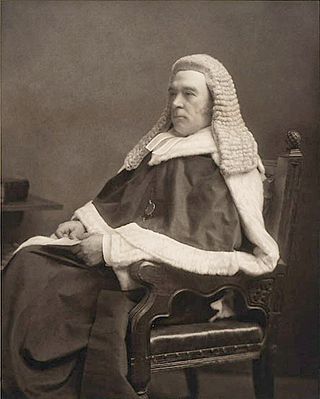
Harold Sydney Bride was a British merchant seaman and the junior wireless officer on the ocean liner RMS Titanic during her ill-fated maiden voyage.

In Nacht und Eis, also called Der Untergang der Titanic and Shipwrecked in Icebergs in the US, is a 1912 German silent adventure-disaster drama film about the sinking of RMS Titanic. This is the second made, and the first surviving film about the Titanic disaster.

Lillian Gertrud Asplund was an American secretarial worker who was one of the last three living survivors of the sinking of RMS Titanic on April 15, 1912, and the last living survivor with memories of the disaster.

Titanic is a 1943 German propaganda film made during World War II in Berlin by Tobis Productions for UFA, depicting the catastrophic sinking of RMS Titanic in 1912. This was the third German language dramatization of the event, following a silent film released in 1912 just four months after the sinking and the British produced German film Atlantik released in 1929.

Frederick Fleet was a British sailor, crewman and a survivor of the sinking of the RMS Titanic. Fleet, along with fellow lookout Reginald Lee, was on duty when the ship struck the iceberg; Fleet first sighted the iceberg, ringing the bridge to proclaim: "Iceberg, right ahead!" Both Fleet and Lee survived the sinking, Fleet was the last surviving Lookout of the Titanic.
"The Titanic" (also known as "It Was Sad When That Great Ship Went Down" and "Titanic (Husbands and Wives)") is a folk song and children's song. "The Titanic" is about the sinking of RMS Titanic which sank on April 15, 1912, after striking an iceberg.

Commander Harold Godfrey Lowe, RD was a Welsh naval officer. He was also the fifth officer of the RMS Titanic, and was amongst the four of the ship's officers to survive the disaster.

Saved from the Titanic was a 1912 American silent short film starring Dorothy Gibson, an American film actress who survived the sinking of the RMS Titanic on April 15, 1912. Premiering in the United States just 31 days after the event, it was the earliest dramatization of the tragedy.

The Titanic has played a prominent role in popular culture since her sinking in 1912, with the loss of over 1,500 of the 2,200 lives on board. The disaster and the Titanic herself have been objects of public fascination for many years. They have inspired numerous books, plays, films, songs, poems, and works of art. The story has been interpreted in many overlapping ways, including as a symbol of technological hubris, as basis for fail-safe improvements, as a classic disaster tale, as an indictment of the class divisions of the time, and as romantic tragedies with personal heroism. It has inspired many moral, social and political metaphors and is regularly invoked as a cautionary tale of the limitations of modernity and ambition.

Eliza Gladys Dean, known as Millvina Dean, was a British civil servant, cartographer, and the last living survivor of the sinking of the RMS Titanic on 15 April 1912. At two months old, she was also the youngest passenger aboard.

Mary Eloise Hughes Smith, also referred to as Eloise Smith or Mrs. Lucian P. Smith, was a survivor of the 1912 RMS Titanic disaster. Her first husband, Lucian P. Smith, scion of a wealthy Morgantown family with vast holdings in the Pennsylvania coal fields died in the sinking; she later married a fellow survivor.

RMS Titanic sank on 15 April 1912 in the North Atlantic Ocean. The largest ocean liner in service at the time, Titanic was four days into her maiden voyage from Southampton to New York City, with an estimated 2,224 people on board when she struck an iceberg at 23:40 on 14 April. Her sinking two hours and forty minutes later at 02:20 ship's time on 15 April, resulted in the deaths of more than 1,500 people, making it one of the deadliest peacetime maritime disasters in history.
A total of 2,240 people sailed on the maiden voyage of the Titanic, the second of the White Star Line's Olympic-class ocean liners, from Southampton, England, to New York City. Partway through the voyage, the ship struck an iceberg and sank in the early morning of 15 April 1912, resulting in the deaths of 1,517 passengers and crew.
Der Untergang der Titanic, or, in English, The Sinking of the Titanic, is an epic and allegorical poem by the German poet Hans Magnus Enzensberger, first published by Suhrkamp Verlag in 1978.

Louise Gretchen Kink Pope, or Louise Kink, was a Swiss-American woman who was one of the last remaining survivors of the sinking of RMS Titanic on April 15, 1912.

The TitanicMusicians' Memorial is a memorial in Southampton, United Kingdom, to the musicians who died in the RMS Titanic disaster on 15 April 1912. The original Titanic Musicians' Memorial was unveiled by the Mayor of Southampton, H Bowyer on 19 April 1913, and was located in the old Southampton library. This library along with the memorial were destroyed during World War II. A replica was erected in 1990. The plaque features a musical inscription, the opening bars of the 19th century hymn, 'Nearer, My God, to Thee' by Sarah Flower Adams, carvings showing a grieving woman and an iceberg, and an inscription with the names of the musicians on the Titanic, including bandleader Wallace Hartley, all of whom died.

There have been several legends and myths surrounding the RMS Titanic and its destruction after colliding with an iceberg in the Atlantic Ocean. These have ranged from stories involving the myth about the ship having been described as "unsinkable" to the myth concerning the final song played by the ship's musicians.

Lauren Tarshis is an American author of children's books, with several series of fiction, non-fiction and historical fiction works found in thousands of libraries and translated into several languages.

The sinking of the RMS Titanic on April 14–15, 1912 resulted in an inquiry by a subcommittee of the Commerce Committee of the United States Senate, chaired by Senator William Alden Smith. The hearings began in New York on April 19, 1912, later moving to Washington, D.C., concluding on May 25, 1912 with a return visit to New York.

The sinking of the RMS Titanic on 15 April 1912 resulted in an inquiry by the British Wreck Commissioner on behalf of the British Board of Trade. The inquiry was overseen by High Court judge Lord Mersey, and was held in London from 2 May to 3 July 1912. The hearings took place mainly at the London Scottish Drill Hall, at 59 Buckingham Gate, London SW1.
















